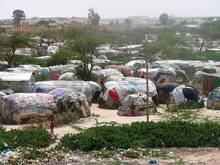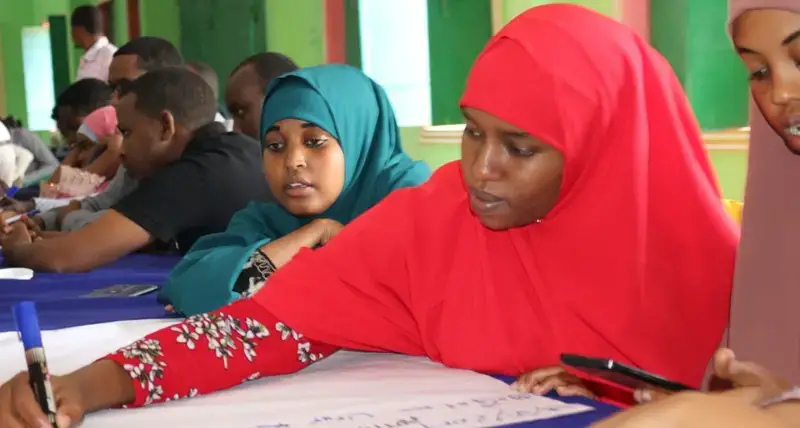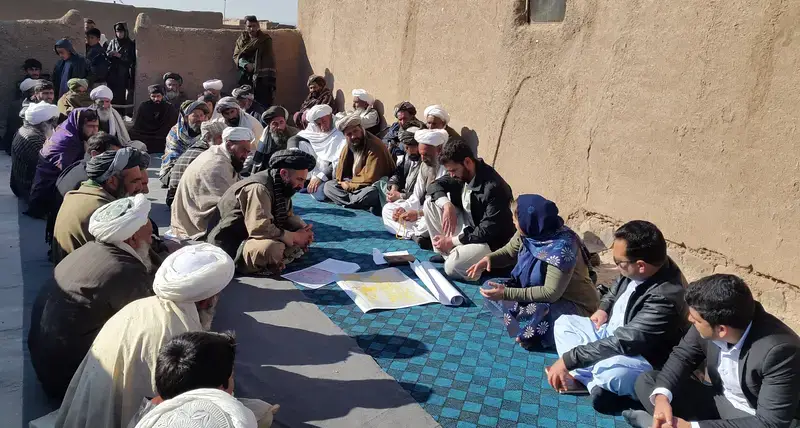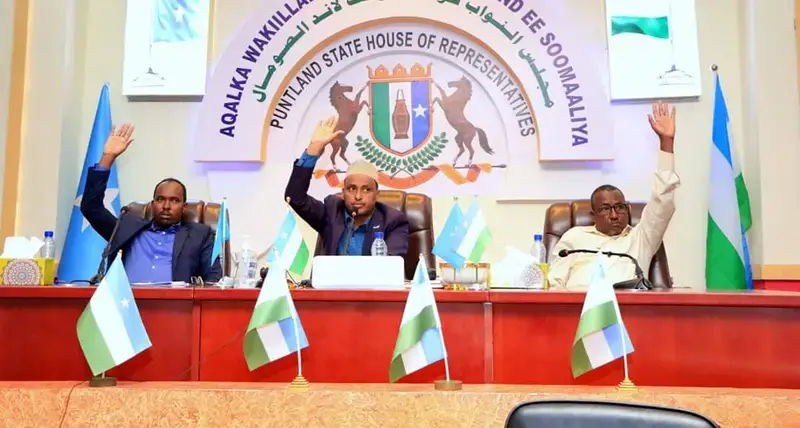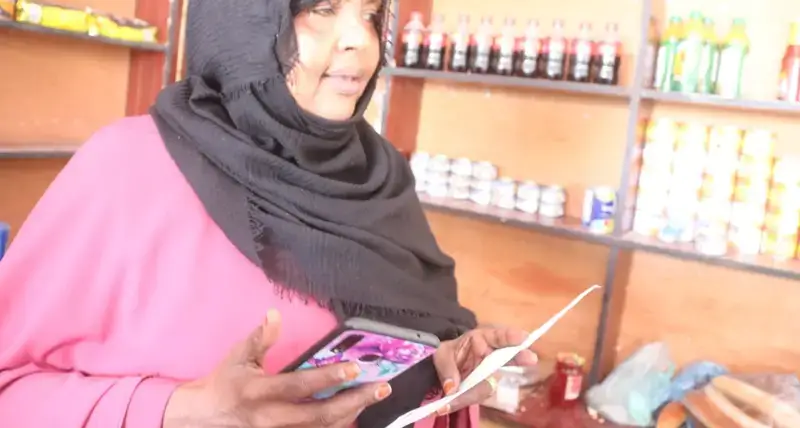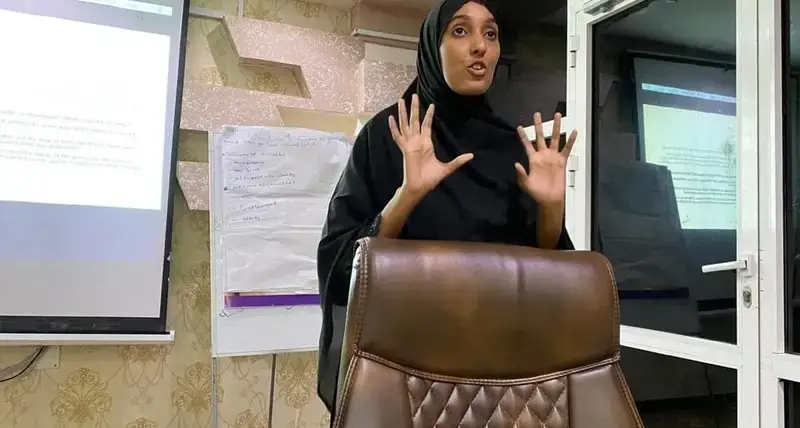UN Habitat has been active in the Somalia urban sector for more than 30 years. The interventions have evolved from responding to immediate local needs to systematic attempts to address sustainable urban development through integrated human settlement programmes. This has been accomplished through interventions that strengthen the humanitarian, development and peacebuilding nexus in the areas of livelihoods, youth engagement, governance and sustainable urban development.
To learn more about the programme, read the Somalia Programme Country Briefing Note.
Impact
Urban numbers
Challenges
Somalia has one of the highest urbanization rates in the region with at least 6.83 (45%) million out of 15.18 million total population of Somalia settled in urban areas, and an additional 4 million expected by 2025. In Somaliland, urbanization is even faster, with an estimated rate standing at 53% for the year 2016. The related increased rates of displacement and returns seeking services into urban centers have contributed to unprecedented scale of needs and challenges in recent years through overstretching the existing infrastructure and inadequate housing.
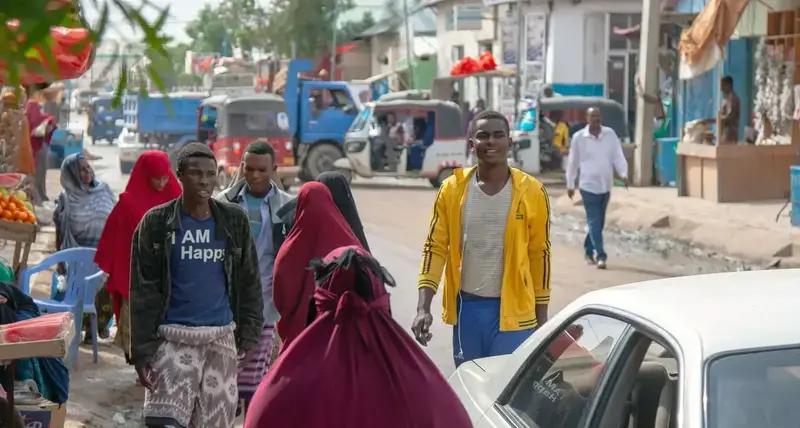
Empowering local governance: A blueprint for sustainable development in Somalia
Country Beneficiaries
“During UN-Habitat’s Training of Trainers: Sport for Development and Peace I discovered how much you can learn through sport. I love playing sport, but due to lack of available facilities I hardly ever do. We need more sport spaces, especially designed for girls, so we can pass on the knowledge and skills we’ve learned during this training to others.”
Youth participant
Donors and partners
UN-Habitat is currently implementing a portfolio of interventions with communities, local authorities, state governments and the Federal Government of Somalia across all Somali regions. Strengthened partnership with other local institutions has helped to unlock and mobilize additional resources for the urban agenda, particularly through joint programming with other UN agencies.
Donors
Contact
Legacy content
UN-Habitat has been active in the Somali urban sector for more than 30 years. Project activities have evolved from targeting immediate local needs to more systematic attempts to address sustainable urban development through integrated human settlement programmes.
Inclusive governance, empowerment, and the recognition of the actual and potential contribution of youth, women, and vulnerable groups are all key elements of UN-Habitat’s integrated approach.
UN-Habitat also believes that the rehabilitation of key economic infrastructure – such as markets, public spaces, and access roads – creates a prime opportunity to establish an environment that revives local economies and generates sustainable economic opportunities for marginalized and vulnerable groups, especially women and youth.
Key programme information:
- UN-Habitat is active in all the Somali regions, with 11 current projects.
- UN-Habitat Somalia clearly fits into the agency’s Risk Reduction and Rehabilitation sub-programme, though activities fit many other sub-programmes.
- There is a renewed focus on Mogadishu, with four projects running. Relocation to Mogadishu will be linked to new programme approvals. Presently, UN-Habitat has a small presence in Mogadishu through national staff, international consultants, and constant missions by international staff. Well-established field offices are in Garowe, Bossaso (Puntland), and Hargeisa (Somaliland).
- Excellent cooperation exists with all Somali administrations at central and local levels.
- UN-Habitat is an active member of the UN Country Team and works in support of the New Deal and the Somalia Government’s Six-point Programme.
- Total value of UN-Habitat investments (2008–2015): USD 49,057,263
- Total number of UN-Habitat projects (2008–2015): 19
- Main donors: UNDP Somalia, European Union, Norway, Sweden, Denmark, Italy, Japan, United Kingdom, UNHCR, UNOCHA, Department for International Development (DFID), Swiss Agency for Development and Cooperation (SDC), Swedish International Development Cooperation Agency (Sida), Danish International Development Agency (Danida)
- Implementing partners: international NGOs, local NGOs, district authorities, regional authorities, municipal bodies, ministries, additional local government bodies
General information
 Background
Background
Following almost 25 years of conflict and civil unrest, much of Somalia’s economic infrastructure has been destroyed, while the livelihood asset base of the Somali people is severely eroded. Unemployment rates remain among the highest in the world. The country has experienced rapid urbanization and large-scale population displacement, leading to informal settlements and densely populated camps for internally displaced persons (IDPs).
Urban infrastructure and capacities are under considerable pressure, and urban space is limited and contested. Many city dwellers lack adequate urban services, community and economic infrastructure, livelihood and employment opportunities, education, and appropriate, durable housing solutions. Somalia has a very young population – the median age is 17. About 67 percent of the country’s youth are unemployed. One of the largest drivers of conflict in Somalia is the lack of civic and political engagement of the youth.
Such a situation has an effect on economic and social well-being, limiting the cohesion essential for peacebuilding and development. The August 2012 transfer of power to the Federal Government of Somalia created high levels of optimism for Somalia’s future, and cultivated a degree of political stabilization throughout the nation.
Data on the Somali region
Official name: Federal Republic of Somalia (Jamhuuriyadda Federaalka Soomaaliya)
Geographical/administrative divisions: Somaliland (self-declared Republic of Somaliland), Puntland State of Somalia, Jubaland State of Somalia, Galmudug, South West State of Somalia, Central Regions State
Regions: Lower Juba, Middle Juba, Gedo, Bay, Bakool, Lower Shebelle, Benadir, Middle Shebelle, Hiran, Galguduud, Mudug, Nugal, Bari, Sool, Sanaag, Togdheer, Woqooyi Galbeed, Awdal
Capital of the Federal Republic of Somalia: Mogadishu
Major cities and towns: Mogadishu, Hargeisa, Bossaso, Galkayo, Berbera, Merca, Jamaame, Kismayo, Baidoa, Burao, Afgooye, Beledweyne, Qoryoley, Garowe, Jowhar, Bardera, Qardho, Erigavo, Luuq
Languages: Somali, Arabic
Population: 12.3 million (2014)
GDP: USD 1,306 million (2012)
GDP growth: -1.5% (2013)
Urban population: 42% (2014)
Internally displaced population: 9% (2014)
Population under 15 years of age: 45% (2014)
Population growth rate (average annual %): 2.9 (2010–2015)
Urban population growth rate (average annual %): 4.1%
Rural population growth rate (average annual %): 2.1%
Source: World Bank/UN
Images
